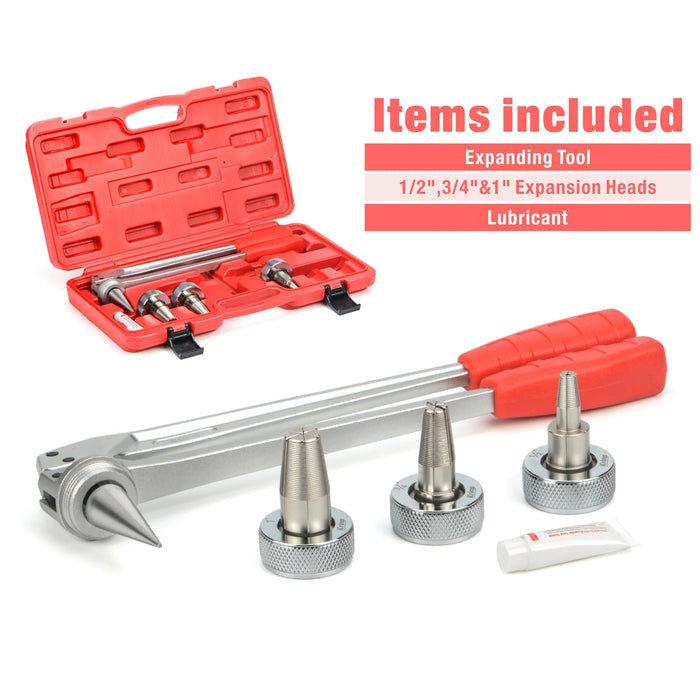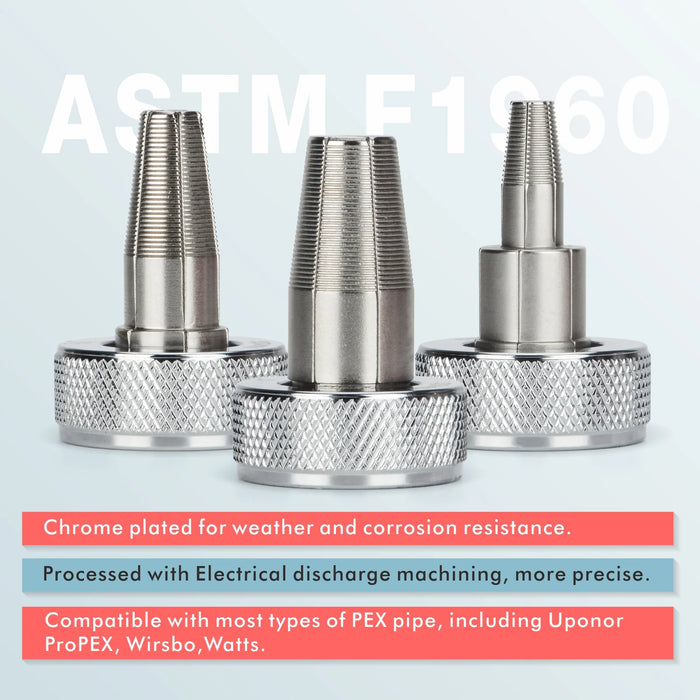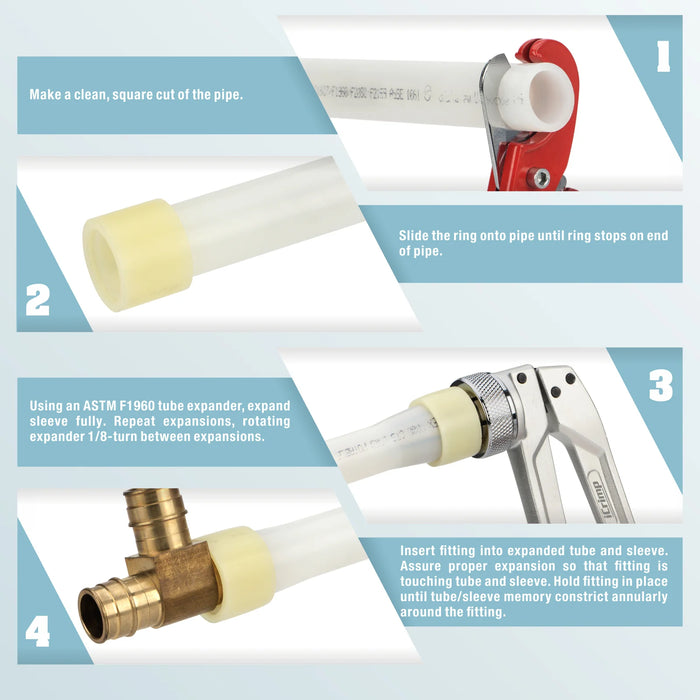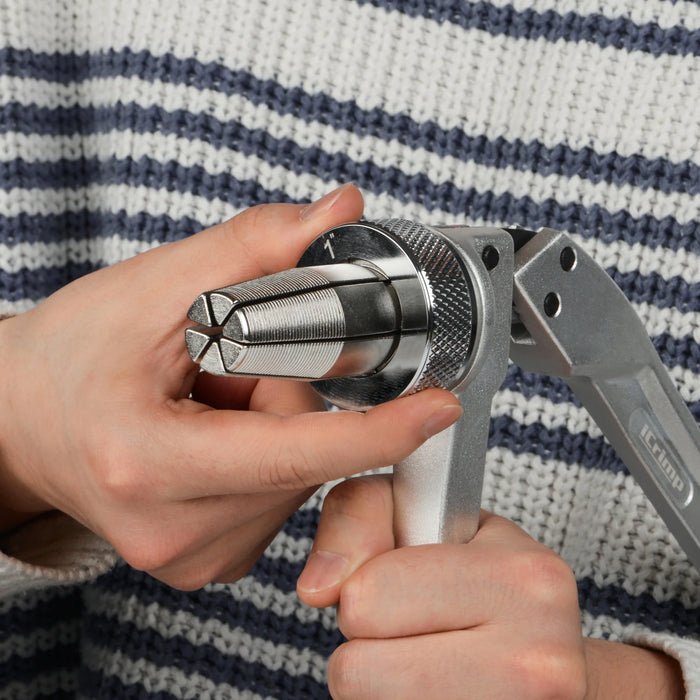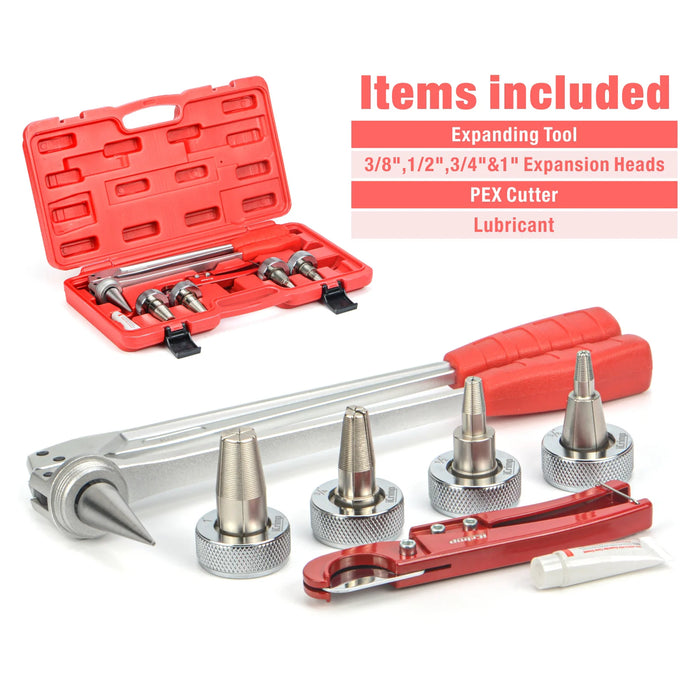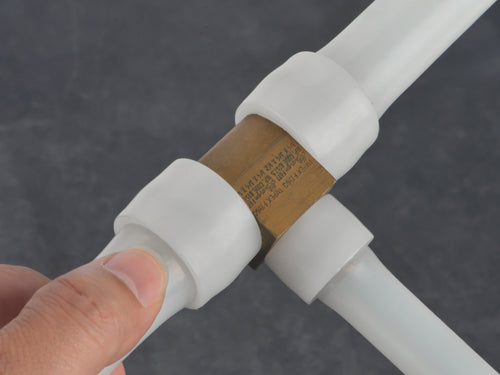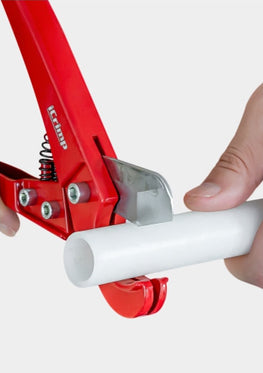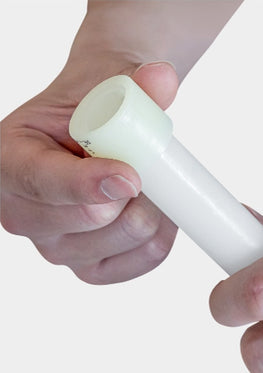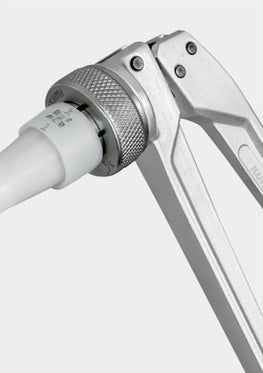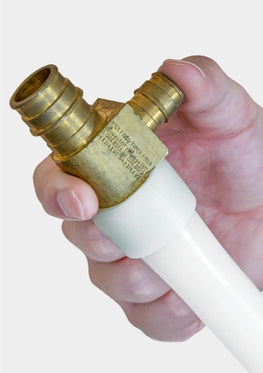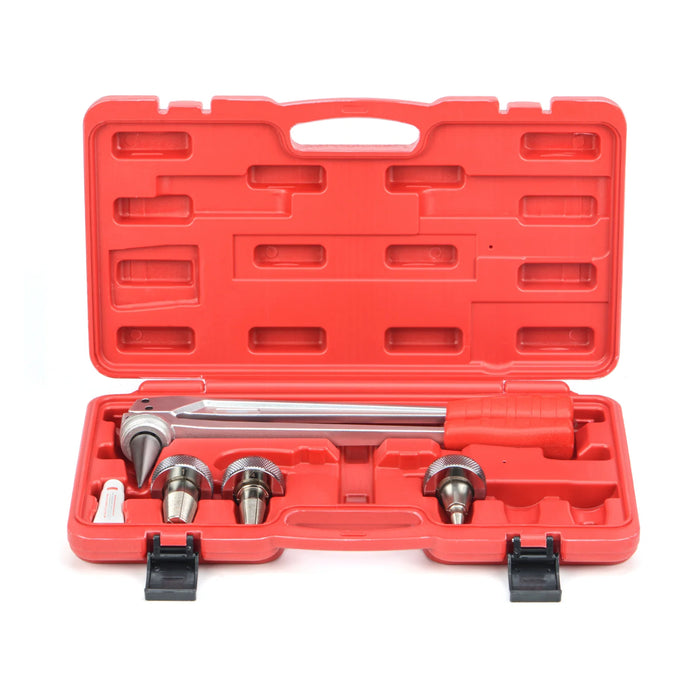
F1960 PEX a Expansion Tool with 1/2,3/4,1-inch Expansion Heads for Uponor ProPex Expansion Sleeves
About this item
- Purpose: IWS-1960 expander tool is designed for expanding type A PEX pipe for insertion of ASTM F1960 expansion-style fittings.
- Components: IWS-1960 F1960 Hand Expander Tool Kit includes 1/2", 3/4" and 1" heads, tool lubricant and a sturdy carrying case.
- Versatility: Provides consistent and reliable expansion of PEX-a tubings and expansion sleeves from Uponor(Wirsbo) ProPex, Sioux Chief PowerPex, Everflow PexFlow, Apollo ExpansionPex, etc,.
- Secure Connection: Once the fitting is inserted into the expanded ring and pipe combination, the elastomeric properties of this PEX combination bring the expanded material back around the fitting to make a sealed, permanent and visually inspectable connection.
- Applications: Plumbing, fire safety, radiant heating and cooling systems. Ideal for residential, commercial and industrial projects.
ASTM F1960 PEX EXPANSION RING EXPANDING TOOL
The F1960 cold expansion fitting system consists of ASTM F1960 cold expansion fittings (F1960 fittings) in polymer and lead-free brass, and PEX reinforcing rings (PEX rings), for use with PEXa shield pipe for potable plumbing system applications and barrier pipe for hydronic radiant heating and cooling system applications. The F1960 fitting system is intended for use in hot- and cold-water potable systems and hydronic heating and cooling systems.

